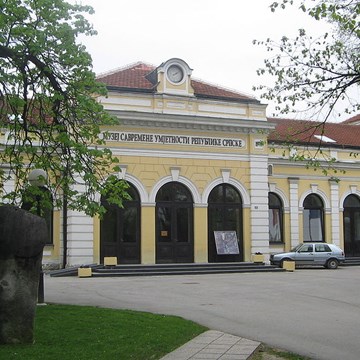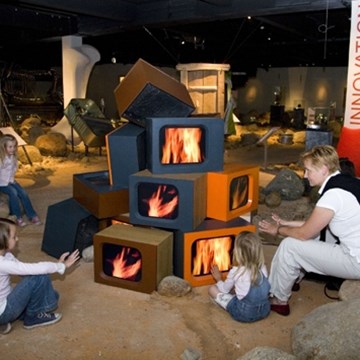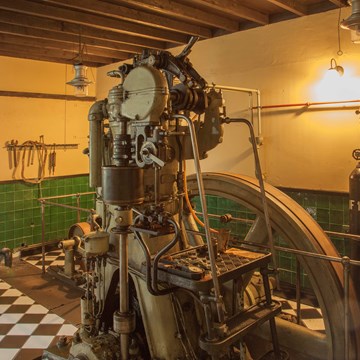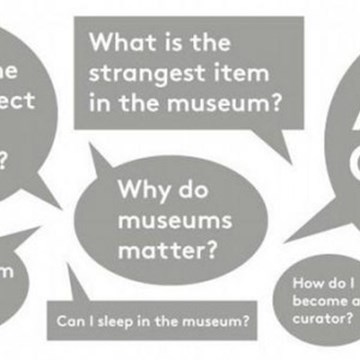Staffordshire Hoard
This unique Anglo-Saxon collection is still in the process of being conserved and in this gallery you can see objects pre-conservation and objects that have newly been conserved.
The Hoard is made up of over 1,500 pieces of beautifully crafted gold and silver from the 7th century Anglo-Saxon kingdom of Mercia.
This exhibition tells the story of the Hoard find and the history of Anglo-Saxon Britain.
As well as seeing the Hoard objects you can also use the interactives to take a closer look at some of the star items that are not currently on display.
There is also the opportunity to handle two replica Saxon swords.
Conservation of the Hoard is taking place at Birmingham Museums and Art Gallery. Due to conservation work, research work and occasional photography and filming days we cannot guarantee which objects will be on display in the gallery. If you would like to check before your visit please phone: 0121 303 1966 or email: bmag_enquiries@birmingham.gov.uk
The Staffordshire Hoard exhibition is in Gallery 16.
The Hoard
Most of the complete objects are made of gold - the hoard contains about 5 kilograms (11lbs) of gold - but there are also items of silver and copper alloy. The hoard is unusal because it largely seems to be made up of fittings that have been stripped from the hilts of swords and daggers (mostly pommel caps and hilt plates). It may be that they were taken from the battlefield as spoils of war.
In addition to the fittings, the hoard also contains parts of a helmet, plus at least two Christian crosses. Many of the gold items are decorated with pieces of garnet, a deep red precious stone. Others are covered in fine filigree work, or carry patterns made up of animals with interlaced bodies.
Keven Leahy, National Finds Advisor for the Portable Antiquities Scheme, has stated:
"The quantity of gold is amazing but, more importantly, the craftsmanship is consummate, this was the very best that the Anglo-Saxon metalworkers could do, and they were very good. Tiny garnets were cut to shape and set in a mass of cells to give a rich, glowing effect, it is stunning. Its origins are clearly the very highest-levels of Saxon aristocracy or royalty. It belonged to the elite."
To keep up to date with all news about the Hoard visit the Staffordshire Hoard website: http://www.staffordshirehoard.org.uk.
The Hoard conservation team have been writing blogs about their work, and making short videos that show both the conversation process and their involvement in research and the Mercian Trail and Washington D.C. exhibitions. You can view these on BMAG's Youtube channel.
Hoard Appeal
The Staffordshire Hoard was acquired with donations from members of the public following a campaign led by the Art Fund.
Acquiring the Hoard is just the beginning and we still need your help. A further £1.7 million is required to fund the conservation and research needed to unlock the information the Hoard holds about the history of Mercia and of Anglo-Saxon England, and create new permanent galleries devoted to the Hoard in Birmingham Museum and Art Gallery and the Potteries Museum in Stoke-on-Trent.
In May 2013, less than a week after the fundraising campaign was launched, the newly-found artefacts from the Staffordshire Hoard have been saved for the nation thanks to the generosity of the jewellers Wartski who made the Duchess of Cambridge’s wedding ring.
Court Jewellers Wartski donated the full amount needed - £57,395 – in order to purchase the 81 additional pieces of Anglo-Saxon treasure that were found last November in the same Staffordshire field as the initial 3,500-piece collection. Wartski is a family jewellery business in London.
https://www.facebook.com/staffordshirehoard
https://twitter.com/staffshoard
Photo: Biblical inscription
Exhibitions and events
We don't have anything to show you here.
Activities from this museum
We don't have anything to show you here.











